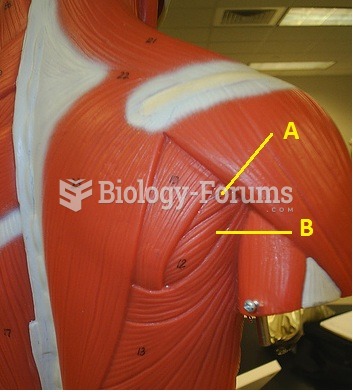Answer to Question 1
e
Answer to Question 2
Tying arrangements
The United States Supreme Court held that Kodak may have illegally tied its brand of equipment repair parts to the purchase of its repair services. The Court rejected Kodak's arguments that competition in the photocopying and microfilm equipment market meant that Kodak could not have market power for tying purposes in the repair parts market. Kodak argued that the facts in this case did not fit several elements of the offense of tying: (1) service and parts were not distinct products, (2) there was no tie between its service and parts, (3) it had insufficient market power, and (4) its conduct was competitively justified. The Court refused to view service and parts as a single item incapable of being tied: By that logic, we would be forced to conclude that there can never be separate markets, for example, fir cameras and film, computers and software, or automobiles and tires. That is an assumption we are unwilling to make. The tie between service and parts existed, the Court held, because Kodak would sell parts to third parties onkly if they agreed not to buy service from ISOs. As for Kodak's market-power argument, Kodak did not provide any data on the extent of competition in the equipment market or on the interaction among the equipment, parts, and services markets. The ISO-plaintiff argued that Kodak's nearly 100 percent control over parts for its equipment gave it sufficient power to force unwanted services on its customers. The Court stated, Market power is the power to force a purchaser to do something that he would not do in a competitive market.' The existence of such power ordinarily is inferred from the seller's possession of a predominant share of the market. Thus, Kodak's argument was rejected. Finally, the Court explained, Even if Kodak could not raise the price of service and parts one cent without losing equipment sales, that fact would not disprove market power in the aftermarkets. The sales of even a monopolist are reduced when it sells goods at a monopoly price, but the higher price more than compensates for the loss in sales. Kodak's claim that charging more for service and parts would be a short-run game,' is based on the false dichotomy that there are only two prices that can be chargeda competitive price or a ruinous one. But there could easily be a middle, optimum price at which the increased revenues from the higher-priced sales of service and parts would more than compensate for the lower revenues from lost equipment sales. The fact that the equipment market imposes a restraint on prices in the aftermarkets by no means disproves the existence of power in those markets.







